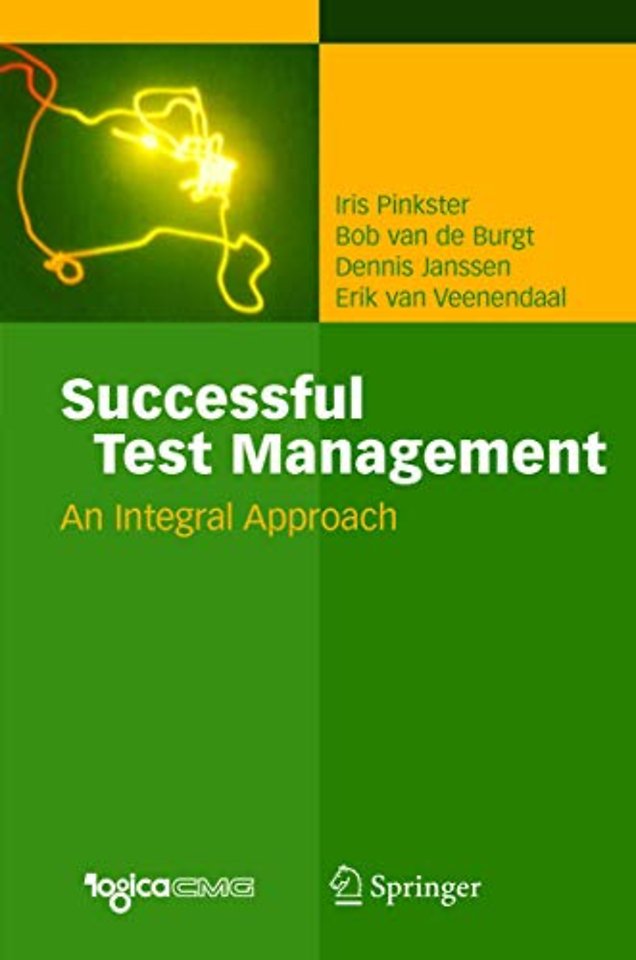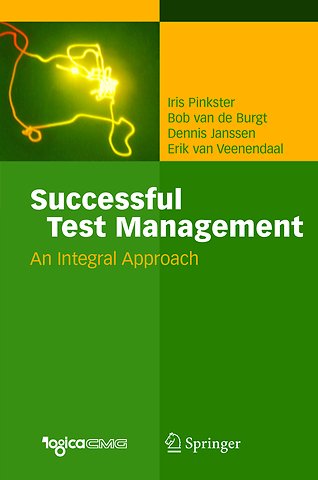Successful Test Management
An Integral Approach
Samenvatting
At a time when information systems are becoming ever more complex and quality to market and time to market are critical for many companies, a structured test process is essential. Even more important is a structured test management process to keep testing under control. Nowadays a test manager must have extensive knowledge of and experience with project management, risk assessment, team building, and, process improvement.
Based on their long-term industry experience, Pinkster and her coauthors describe a holistic approach to test management that combines test methods, test management, risk assessment and stakeholder management into one integral process, giving test managers, test coordinators, IT project managers, and QA managers a competitive edge in environments where there are numerous unstructured requirements, tough testing schedules and limited resources.
This book should be in every test manager's backpack!
Specificaties
Inhoudsopgave
Anderen die dit boek kochten, kochten ook
Rubrieken
- cadeauboeken
- computer en informatica
- economie
- filosofie
- flora en fauna
- geneeskunde
- geschiedenis
- gezondheid
- jeugd
- juridisch
- koken en eten
- kunst en cultuur
- literatuur en romans
- mens en maatschappij
- naslagwerken
- non-fictie informatief/professioneel
- paramedisch
- psychologie
- reizen
- religie
- schoolboeken
- spiritualiteit
- sport, hobby, lifestyle
- thrillers en spanning
- wetenschap en techniek
- woordenboeken en taal









